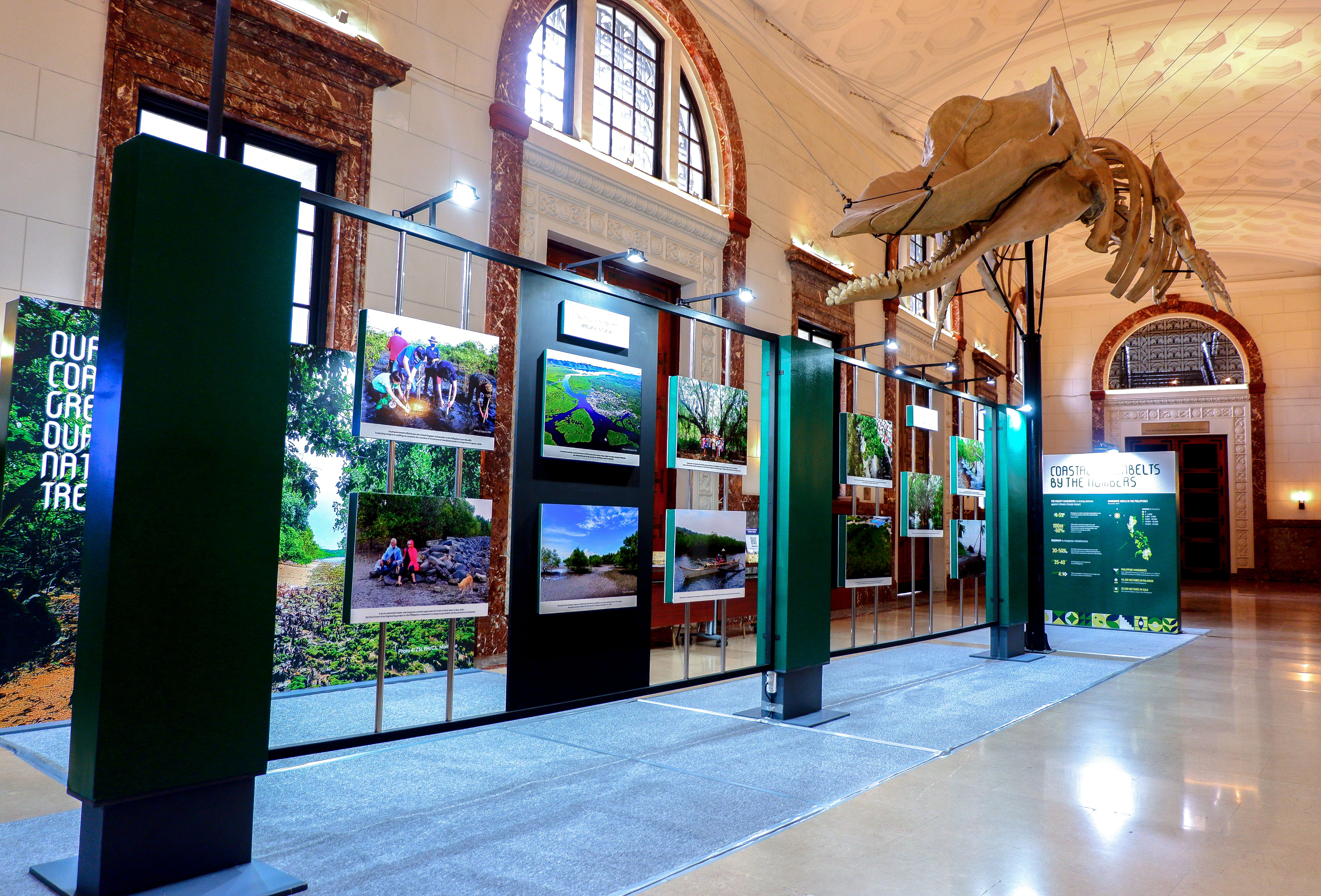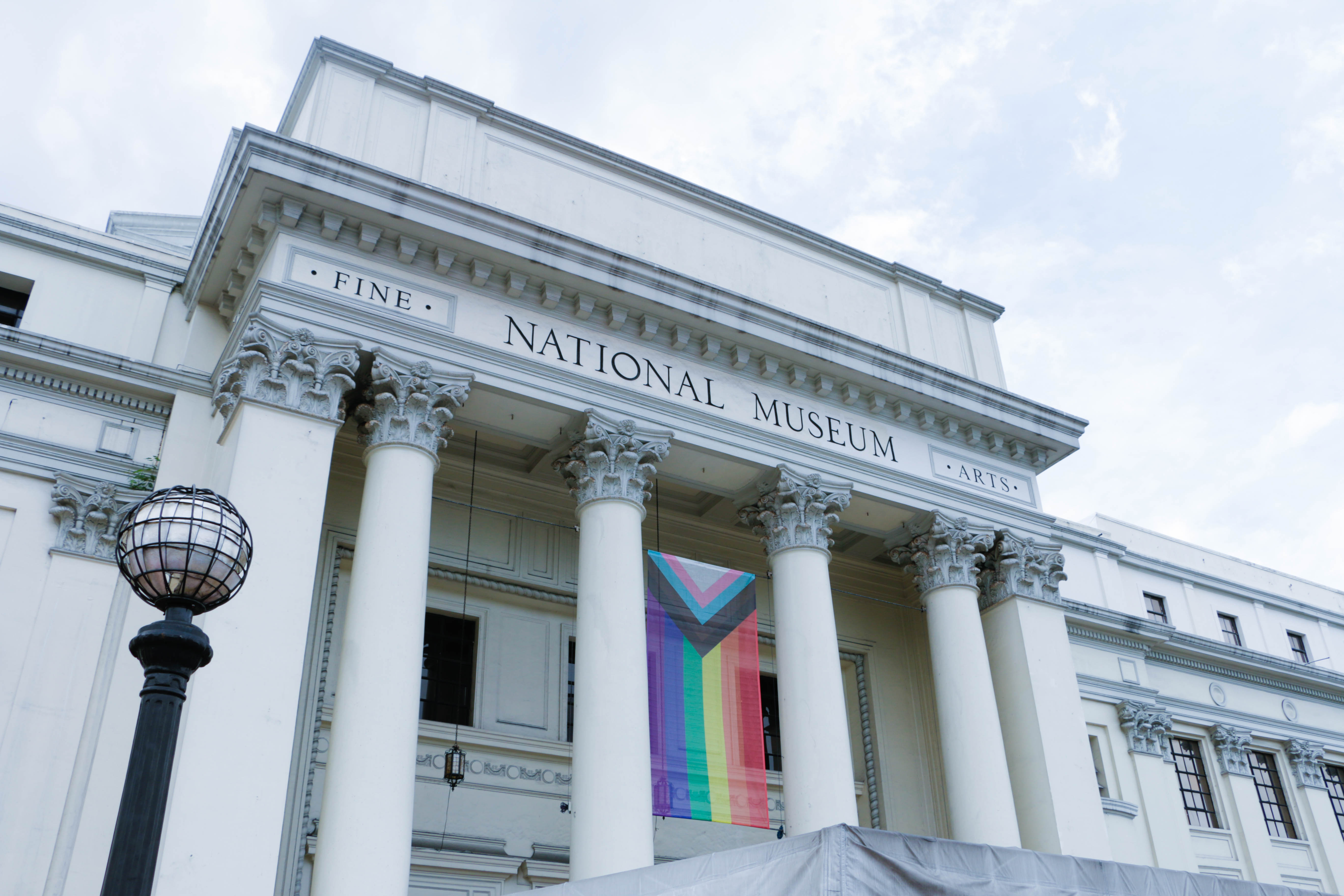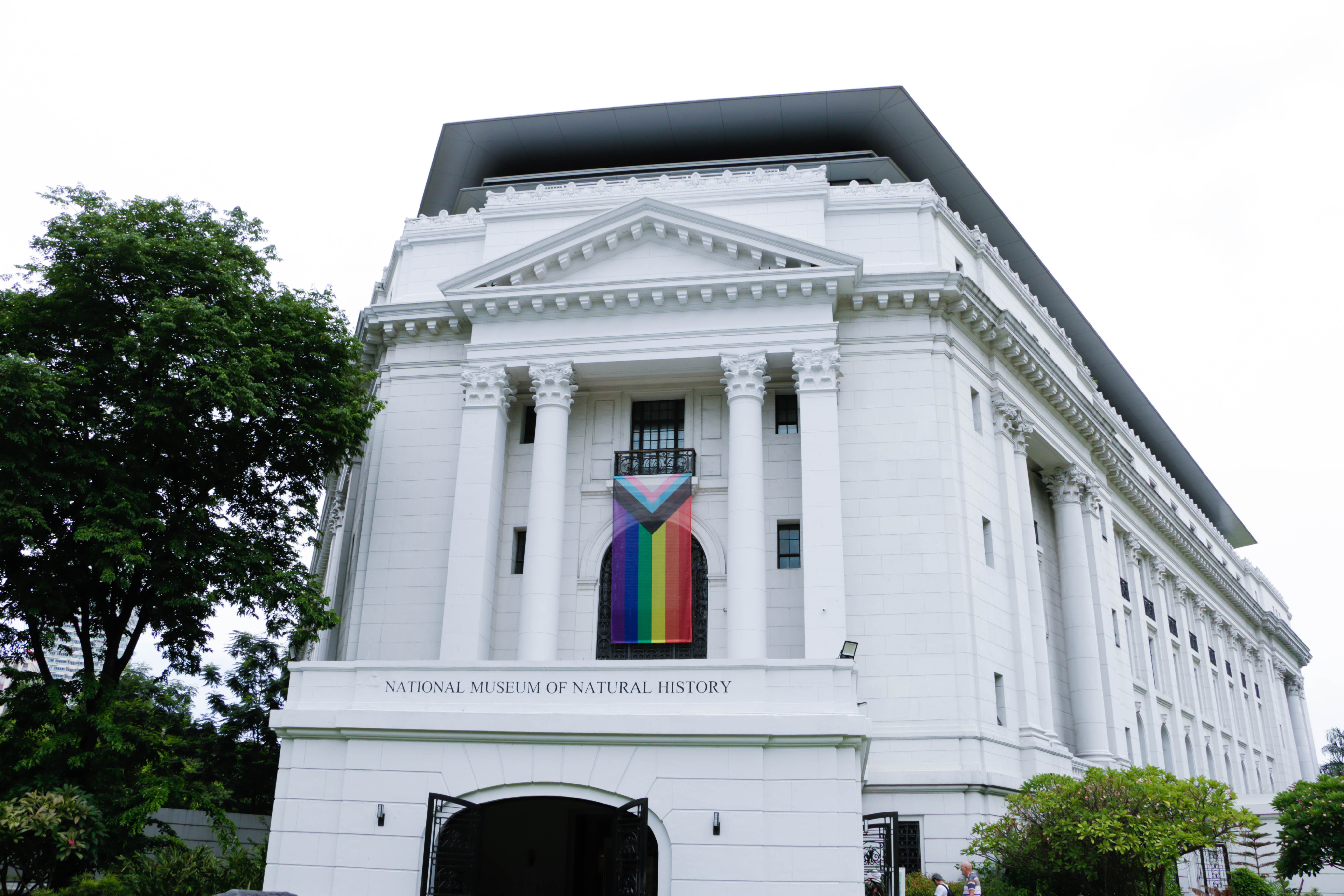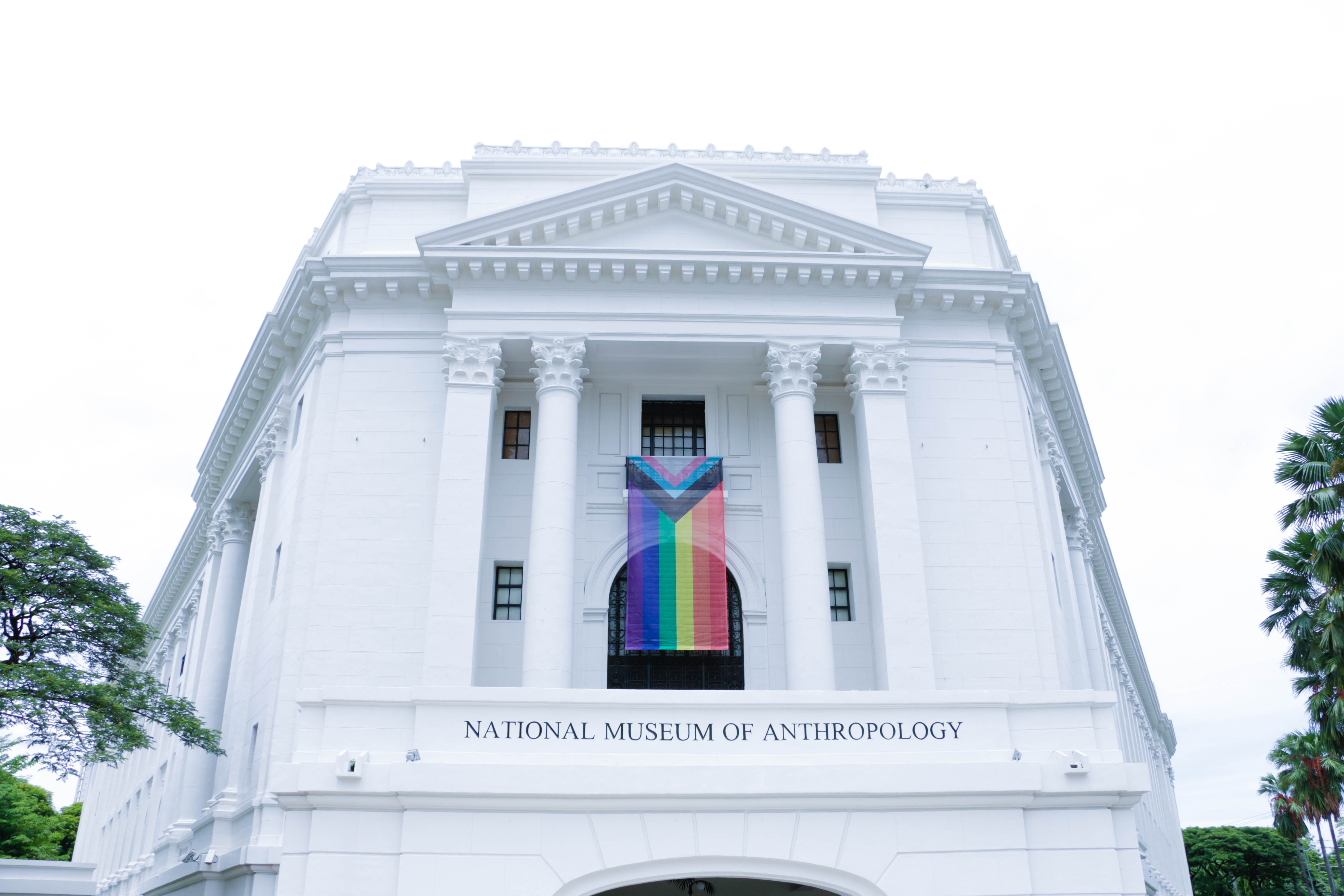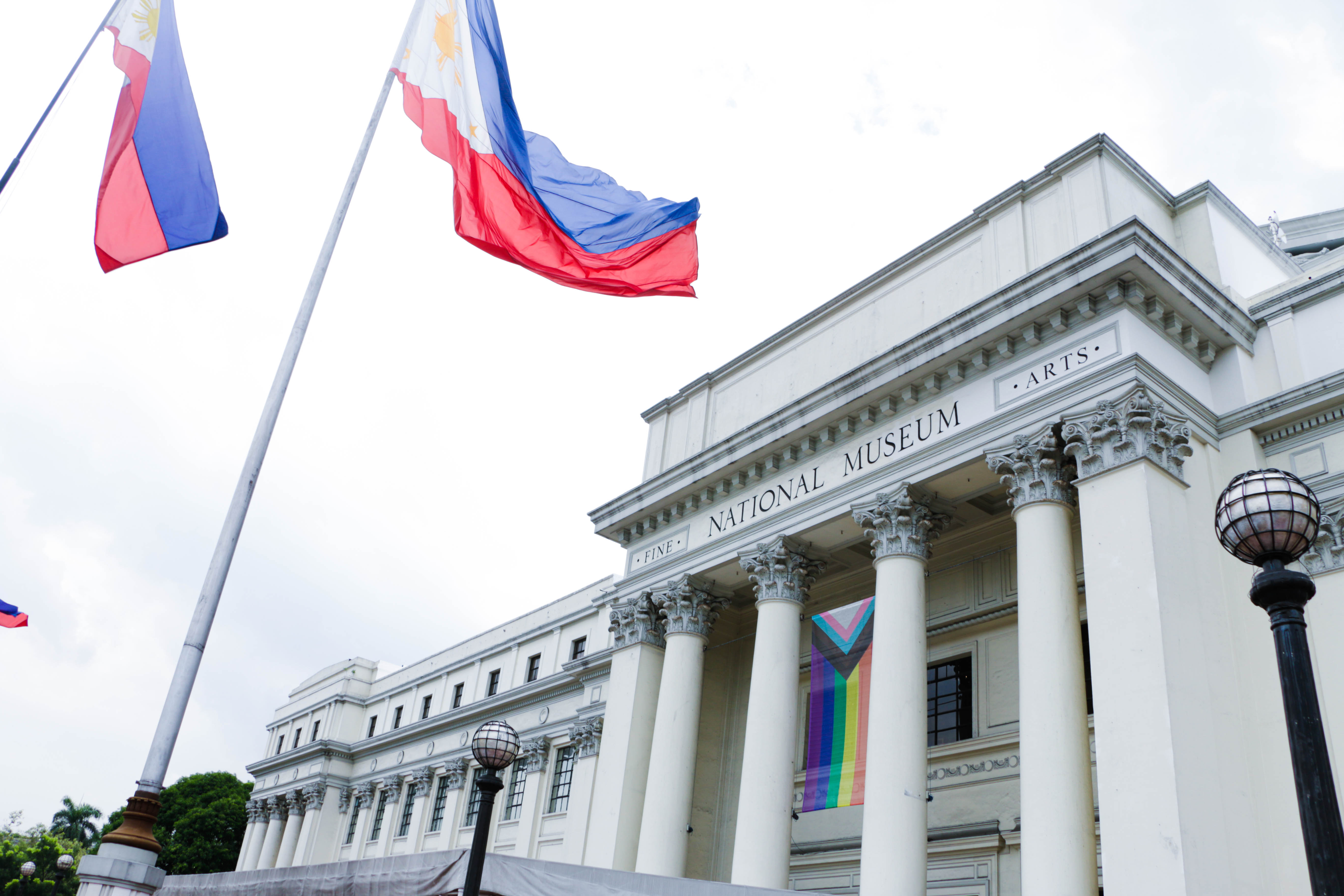MANILA BULLETIN LAUNCHES EARTH+LENS PHOTO EXHIBITION AT THE NATIONAL MUSEUM OF NATURAL HISTORY
Last 20 August, the Manila Bulletin launched the 6th edition of the EARTH+LENS Photo Exhibit with the theme of “Motions in Nature,” at the Hyundai Philippines Entrance Hall of the National Museum of Natural History.


The theme aims to raise environmental awareness by highlighting the beauty and environmental issues of our country, and demonstrating the power of Huawei’s latest smartphone cameras, who is also an event partner of the Manila Bulletin. The program began with a welcome address from the Publisher of Manila Bulletin Herminio Coloma Jr., and a message from Department of Tourism Secretary Christina Garcia Frasco, who advocates for environmental awareness. Through the collaboration of various government agencies, the Head of the Public Affairs and Information Office of the National Commission for Culture and the Arts Rene Napeñas, and the Deputy Director of the National Museum Jorell Legaspi, both emphasized art and Filipino consciousness. According to DDGM Legaspi, “these images evoke emotions and thoughts. The National Museum believes that art has a unique ability to bridge the gap between awareness and action, aiming to create a platform where photographs can inspire and educate.”
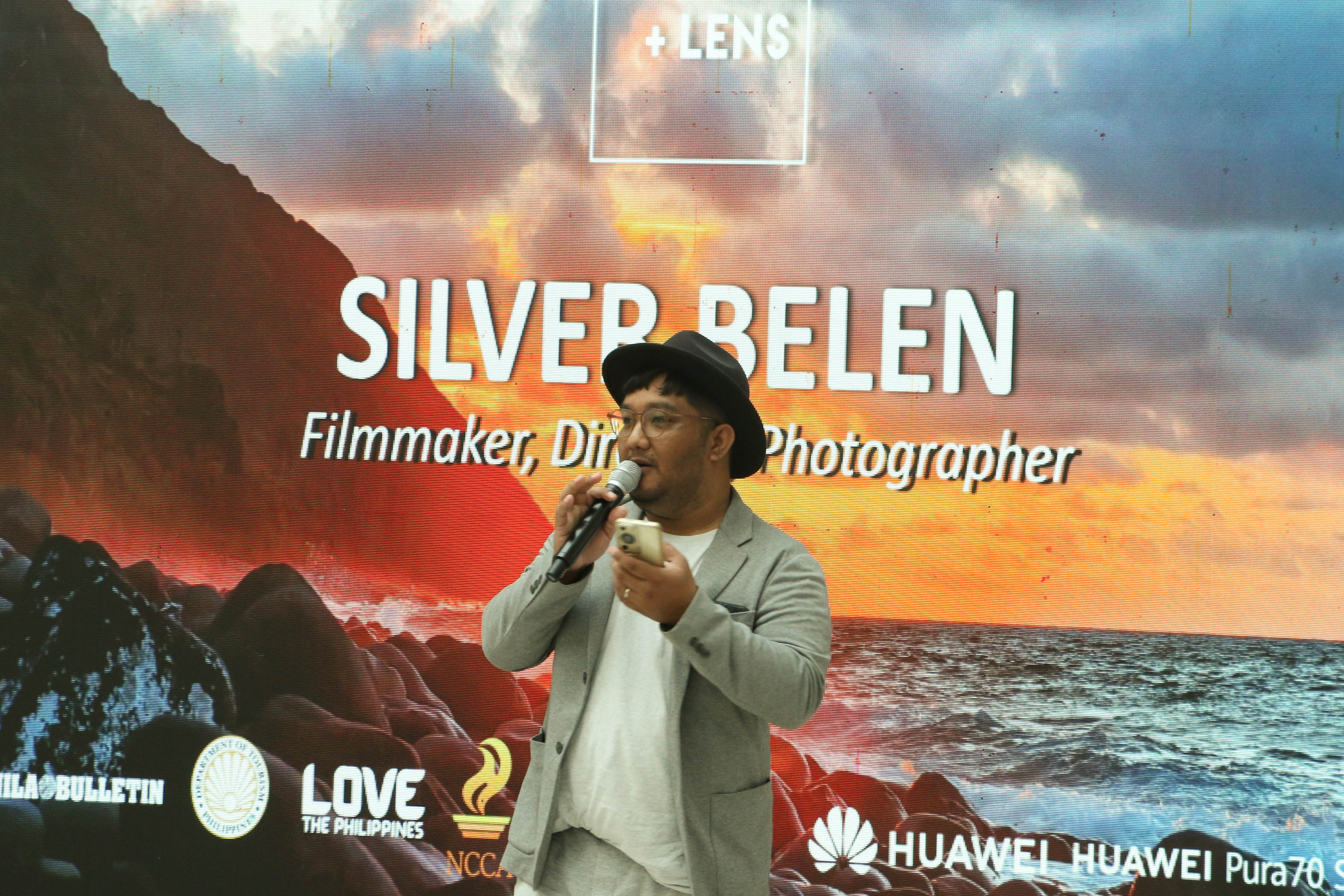
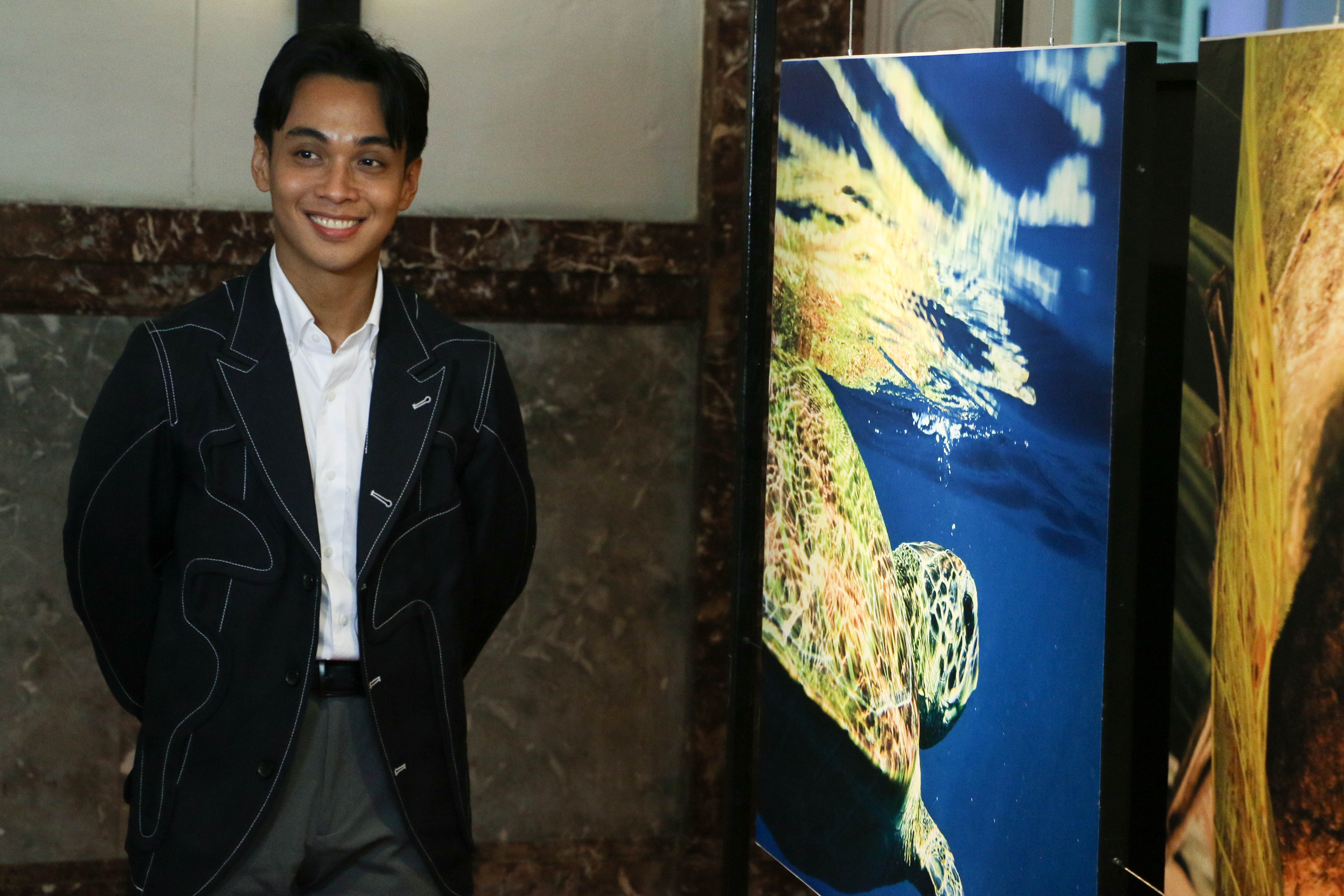
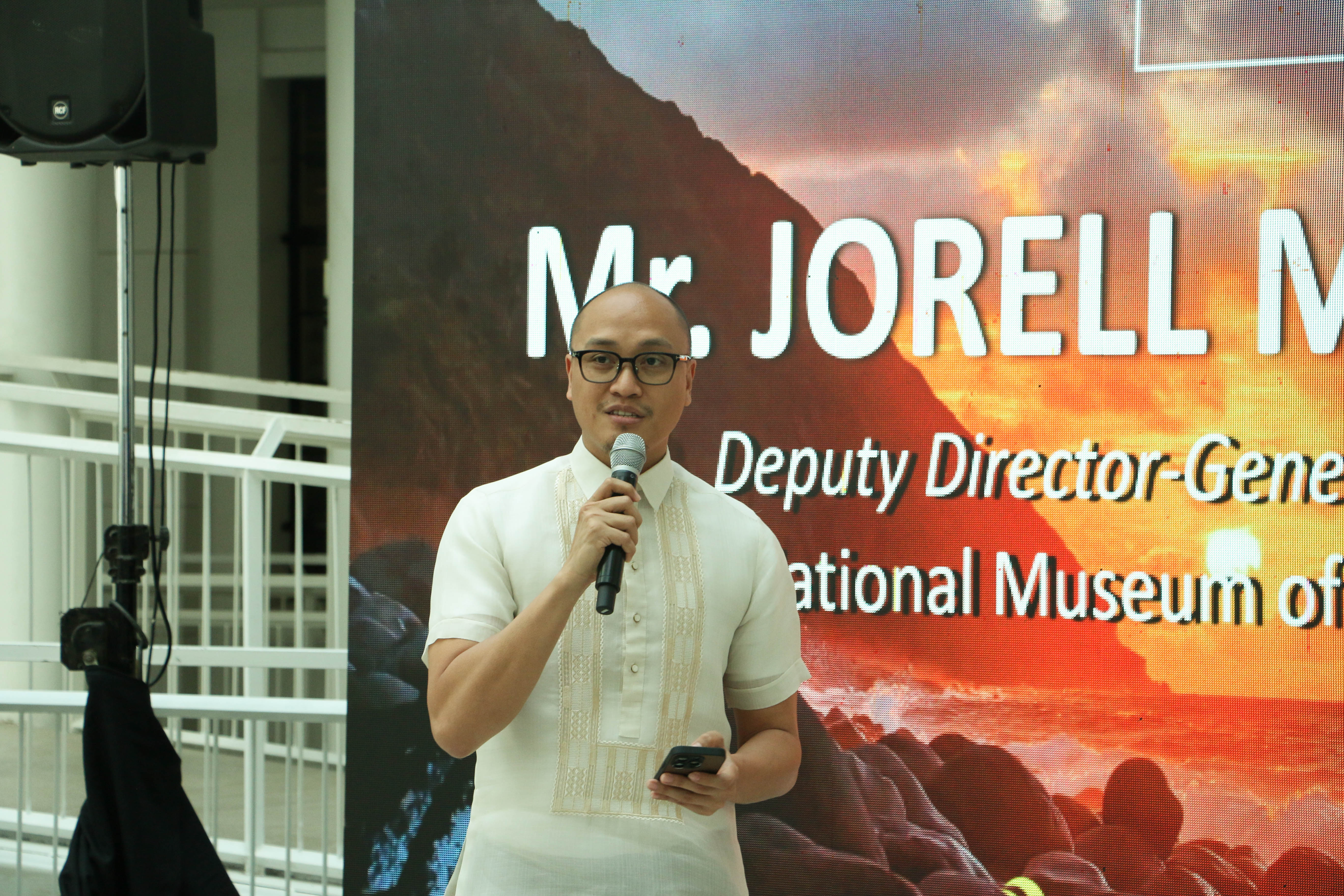
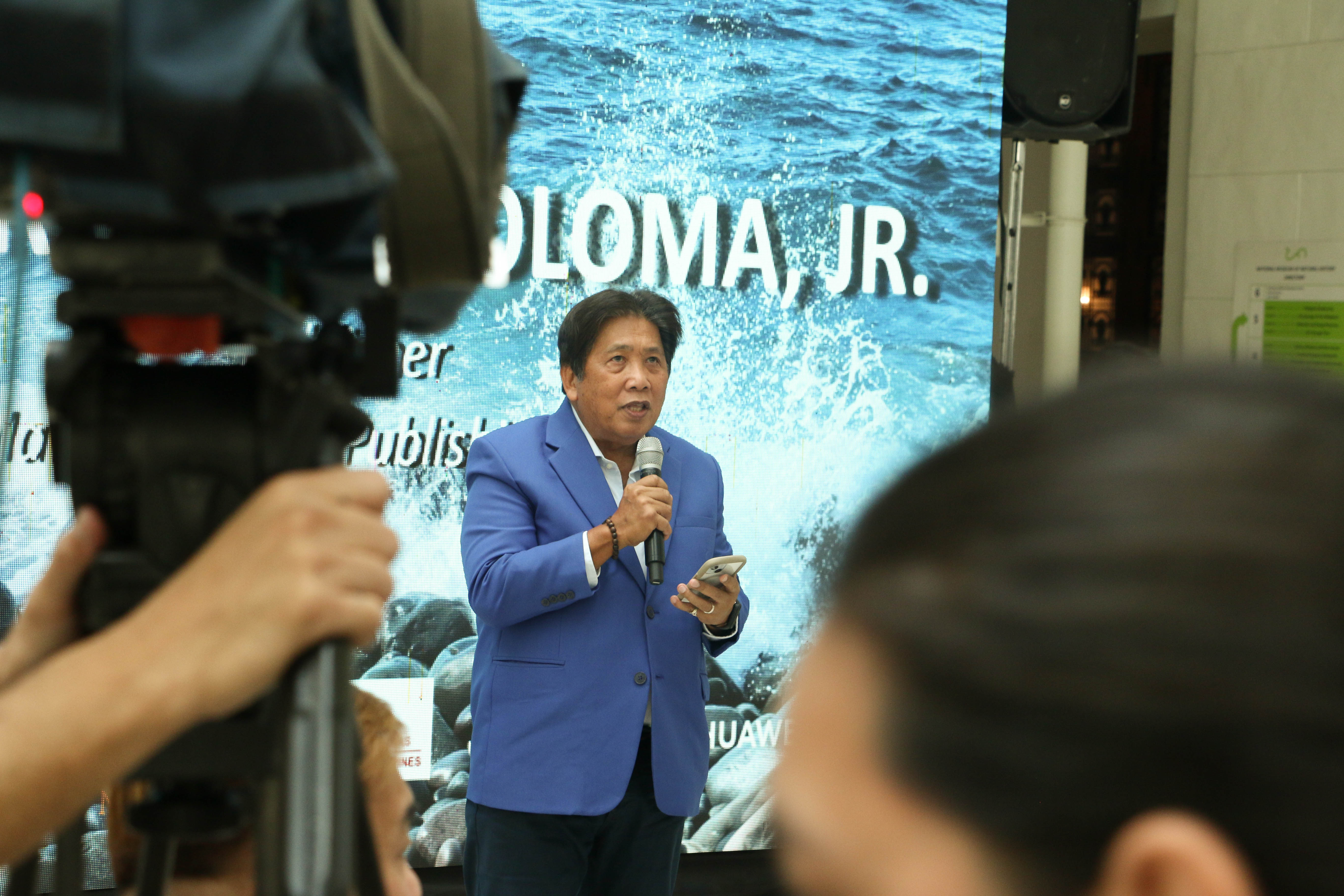
The partner photographers Silver Belen, Jan Mayo, Noel Pabalate, and Keith Bacongco, traveled across the Philippines to capture the wonders of nature and the environment featured in the exhibition, using the official smartphone photography partner—the Huawei Pura70 series.
For more information, read the Manila Bulletin article HERE: https://bit.ly/MBEarthLens2024
The exhibition is open to the public until 1 September 2024. It is open Tuesdays to Sundays, from 9 AM to 6 PM. Admission is FREE!
#NationalMuseumPH #EarthLens2024 #MotionsInNature #ManilaBulletin






